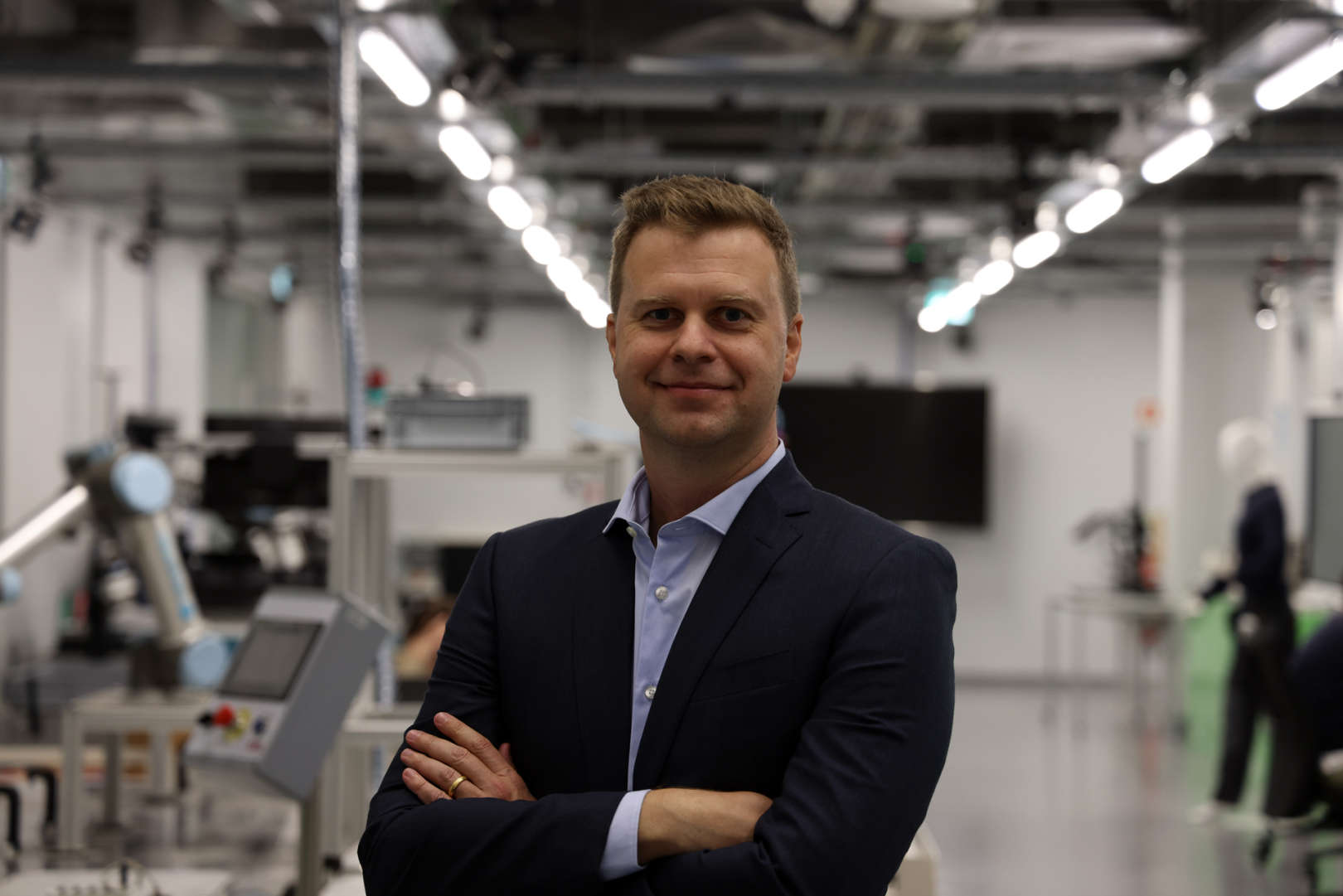Sobre
Marcelo R. Petry é investigador e educador no Centro de Robótica Industrial e Sistemas Inteligentes do INESC TEC (Portugal). A sua área investigação situa-se na intersecção da robótica, visão computacional e realidade extendida, visando a aplicação de robôs na produção, logística, inspeção e assistência humana. Marcelo licenciou-se em Engenharia de Controle e Automação pela Pontifícia Universidade Católica do Rio Grande do Sul em 2008 (Brasil) e obteve seu doutoramento em Engenharia Informática pela Universidade do Porto em 2013 (Portugal). Anteriormente, foi Professor Auxiliar da Universidade Federal de Santa Catarina e pesquisador do INESC P&D Brasil (2014 a 2019).


